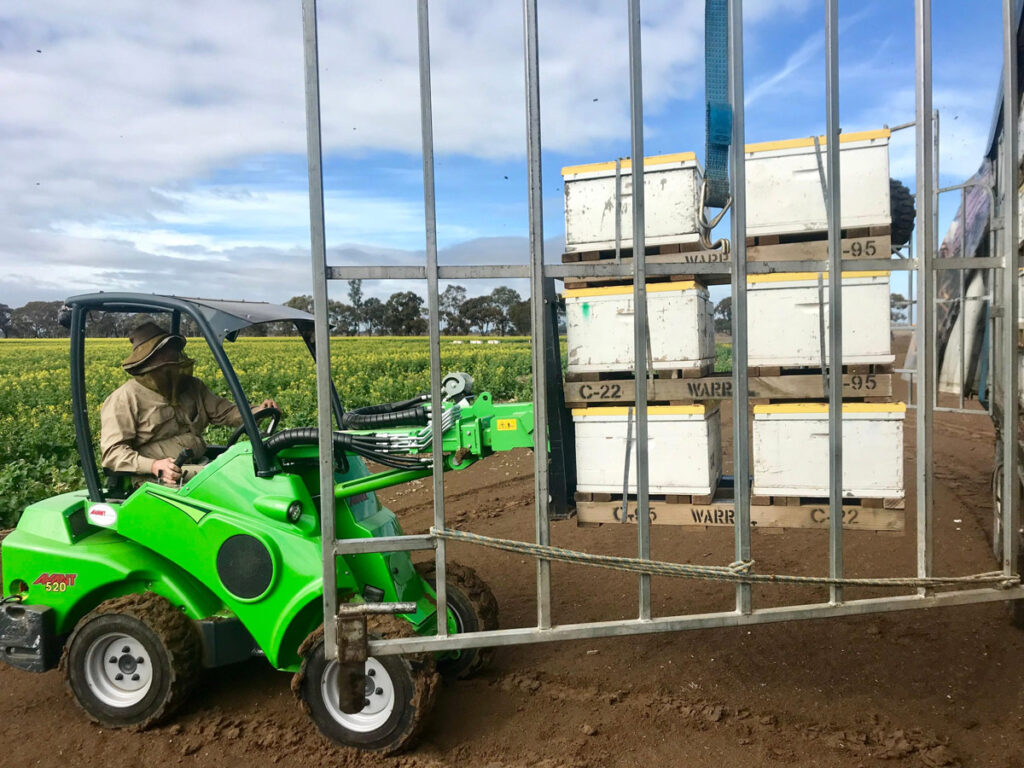

With over 15 years’ experience, Warral Maldon works closely with growers to deploy both our hives and our expertise to achieve maximum pollination and return on investment.
We love bees, and not just for the honey they make. Each year from around July to October just before honey season, our 2,600 and growing fleet of hives are on duty for their vital role in Australia’s food system. Warral Maldon’s crop pollination division is led by fifth-generation beekeeper and Managing director Lindsay Callaway, who works in conjunction with your team to understand your property and your goals, ensuring our bees get the best out of your crop.
Our approach
Specialising in large-scale pollination projects, our aim is to become an extension of your own in-house team, working collaboratively with all levels of your business to develop a tailored pollination plan.
Starting with an in-person consultation, we take a look at your property, understand your goals and build a proposal that recommends specific hive stocking rates, placement intervals, timeframes and more that suit your needs. There’s a science (and an art) to the placement and management of hives around large commercial crops, as specific spacing and hive-to-hectare ratios need to be followed to achieve the best results.
We often use the metaphor of melting ice to illustrate how these variables affect whether the bees can reach every square metre of your crop, and therefore to what extent it’s effectively pollinated. If you drop a large ice block in the middle of a property, when it melts it won’t reach much further than that small area in the middle; but if there are smaller drops placed at specific intervals, they’re much more likely to both merge together and reach the edges of the property. With some crops like apples and pears, a ‘crushed ice’ approach is ideal, with very small drops, sometimes down to individual hives, placed close together between rows. Whatever the solution is for your property, a carefully considered plan developed from our years of expertise is essential for success.
Warral Maldon processes, staff, plant, vehicles and equipment, including three heavy rigid trucks, three front end loaders and two utes with trailers, is all quality-assured through industry-based BQual. We arrive on-site, efficiently place our hives and pick them up again as agreed, professionally, punctually and without interfering with your day-to-day farm management activities. Whether you know exactly what you need or aren’t quite sure where to start, require service for a one-off specific project or are looking to develop a long-term partnership, Warral Maldon is your best bet for a partner in everything pollination.
Almonds
Being 100% dependent on bee pollination, our role and getting it right is particularly crucial for almonds. With a robust pollination plan detailing an appropriate number of honey bee pollinators in our managed hives, almonds easily reach 90% to 100% successful pollination levels with a similar proportion reaching nut set; this level of coverage is vital as actual yield rates are often only between 30% to 60%.
While our strategy depends on a farm’s unique goals, timeline and topography, almonds usually reach good yield with a stocking rate of six to seven hives per hectare; this approach of smaller drops more often has been shown to achieve higher nut set rates. And while honey bees are typically quite attracted to almond blossoms, being one of the earliest to flower in the spring means further consideration in placements for the bees who are less likely to forage in cooler conditions.
Having worked with some of the largest almond producers in Australia, Warral Maldon is uniquely placed to supply both our bees and our expertise for medium to large-scale almond pollination projects. And as one of the fastest-growing crops in the country, our growing fleet of hives is ready to meet your needs.
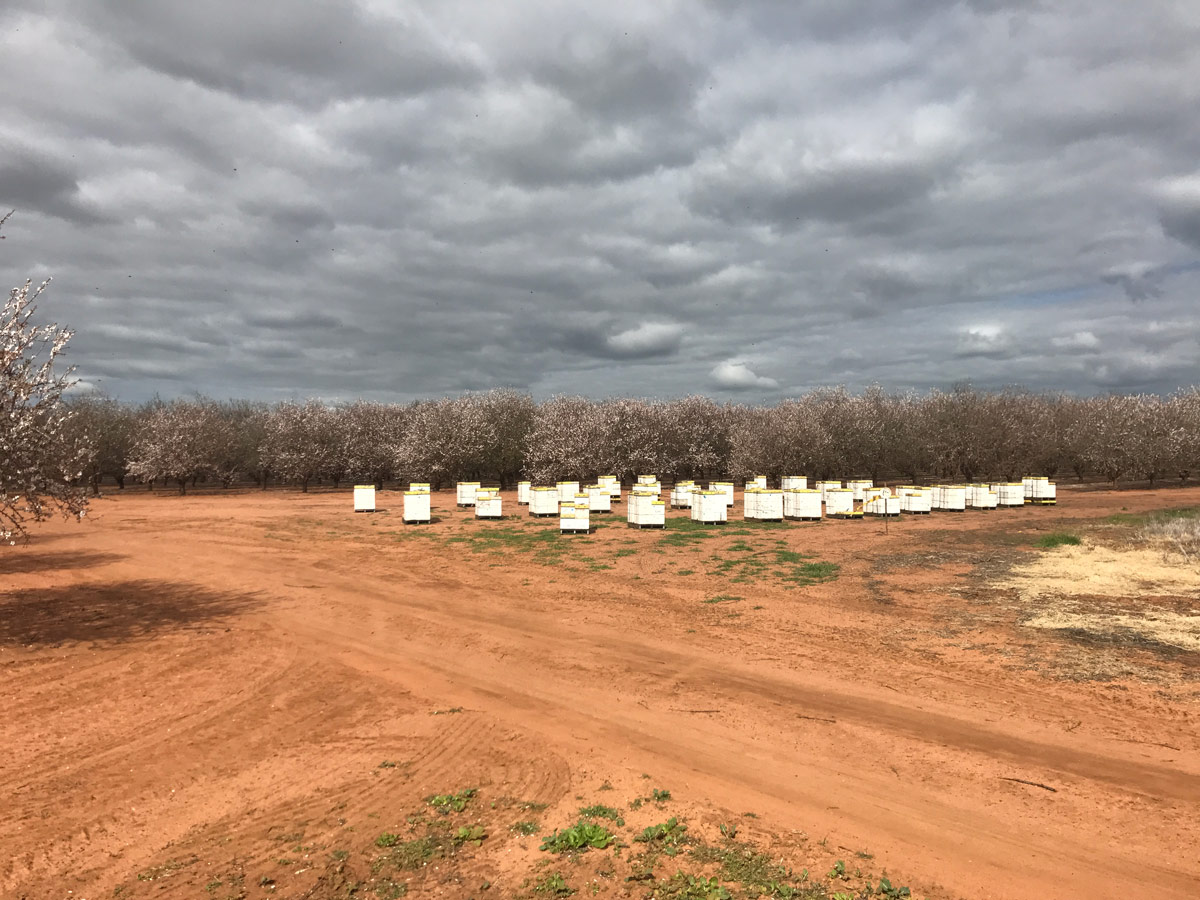
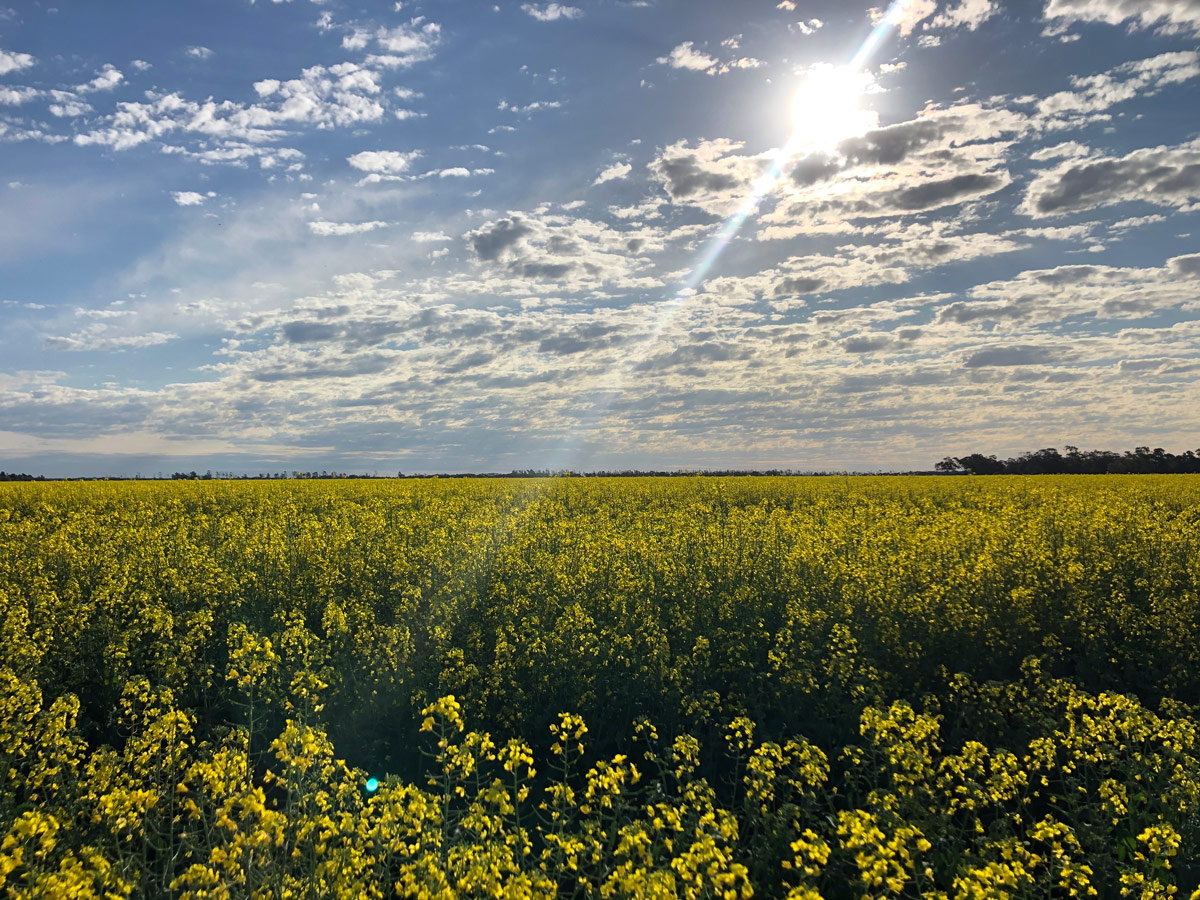
Canola seed
One of our bees’ favourite crops, the beautiful yellow that carpets the countryside in late winter and early spring can benefit greatly from pollination early in the crop cycle. Canola seed has specific male and female plants and are thus 100% reliant on bees for pollination, while also having many benefits to the plant and therefore to the grower, including higher yields through increased plant and seed size, as well as improved seed quality.
Our current canola seed clients have reaped the rewards of a relatively spread out placement of hives - often around six pallets per 200 metre drop - though we work closely with each grower to determine the exact requirements of their unique crop. With home and HQ in Maldon, central Victoria, Warral Maldon is particularly well placed to service the pollination needs of surrounding canola seed growers, an addition to over 15 years’ pollination experience with this globally important crop.
Apples and pears
As key crops across the fruit bowls of Victoria and New South Wales, apples and pears can be fastidious in their pollination requirements. There is a lot that can go pear-shaped in this stage of the crop cycle if approached incorrectly, including failed pollination of the king bloom, misshapen fruit and shed flowers.
Most varieties are not self-fertile, needing pollen from another variety nearby; the wind is a natural pollinator but is usually not significant enough for full coverage, so it’s generally seen as good practise to introduce honey bees into the orchard, with studies showing that the more bees present, the higher the fruit set achieved. For pears in particular, honey bees can struggle to remain on target as the relatively low sugar concentration makes the blossoms less attractive to them, while yet another complication can come in the shape of fruit nets, which can confuse bees and so needs to be accounted for in a holistic pollination strategy.
Due to all these factors, both pears and apples require very small drops - usually a certain number of hives per certain number of rows left on the property for two to three weeks - with a dense stocking rate and strong broods to achieve the quantities required for a fantastic level of coverage and a good yield for the grower. As beekeepers for over 100 years and pollination consultants for over 15, Warral Maldon is the obvious choice in partner for your pollination project.

More than just honey.
For generations, most people had little knowledge or even cared about where honey came from, how it was collected, processed and packaged, with a distant view of beekeeping generally.
Discover more about Warral Maldon's work to further the profile and role of beekeeping in Australia and internationally, including quality control, scientific research and product innovation.
Pioneer Seeds
A leader in Australia’s seed production and genetic sciences, many of the golden canola plains you see across Victoria in late winter and early spring are thanks to the work of Pioneer farmers - and they succeed thanks to a little help from our bees. Our partnership with this Australian family-owned business has reached its 3rd year in 2020, building upon a great relationship where Pioneer farmers trust us and our expertise with the future of their canola crop across multiple sites.
After our bees had their fill of almond blossoms, this year’s project saw us place over 1,200 hives across 300 hectares of farmland for six weeks in September and October. With a low stock rate of four hives per hectare placed in even, small drops across the crop, our bees worked hard to cross-pollinate evenly and consistently which would yield the best results and return on investment. Our pollination plan, established well in advance with the farm’s owners and managers, and taking spring’s at-times erratic weather and the farms’ layout into account, has made a 2020 season well on the way to being another success.
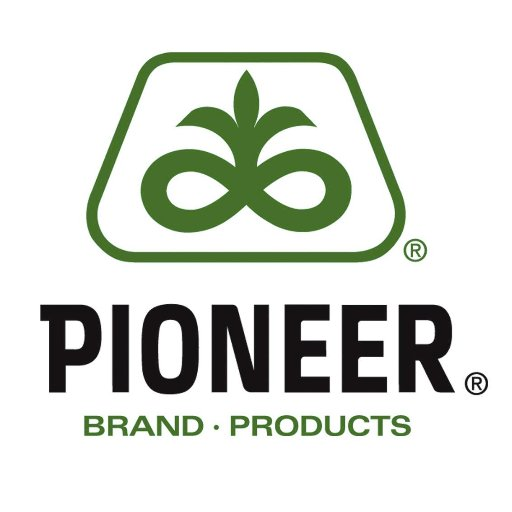
"We're really happy with Warral Maldon's expertise and results and we're keen to work once again with Lindsay and his team. They know what they're doing and get it done."
- Amelia Richardson, Production Agronomist, GenTech Seeds
"Lindsay helped us put a great plan in place, then simply arrived promptly to place his hives and retrieved them after six weeks, no fuss. It was an easy and stress-free process to work with him and his professional team."
- Simon Maynard, Owner, Sigma Farm
Enquire
Let us know if you’d like to learn more about working together on your next pollination project. Fill out the form below or email us directly here.
Registered Factory & Door Sales
35 Boundary Road, Maldon Vic 3463
Phone: 03 5475 2555
Fax: 03 5475 2511
Email: warral@warralhoney.com.au








